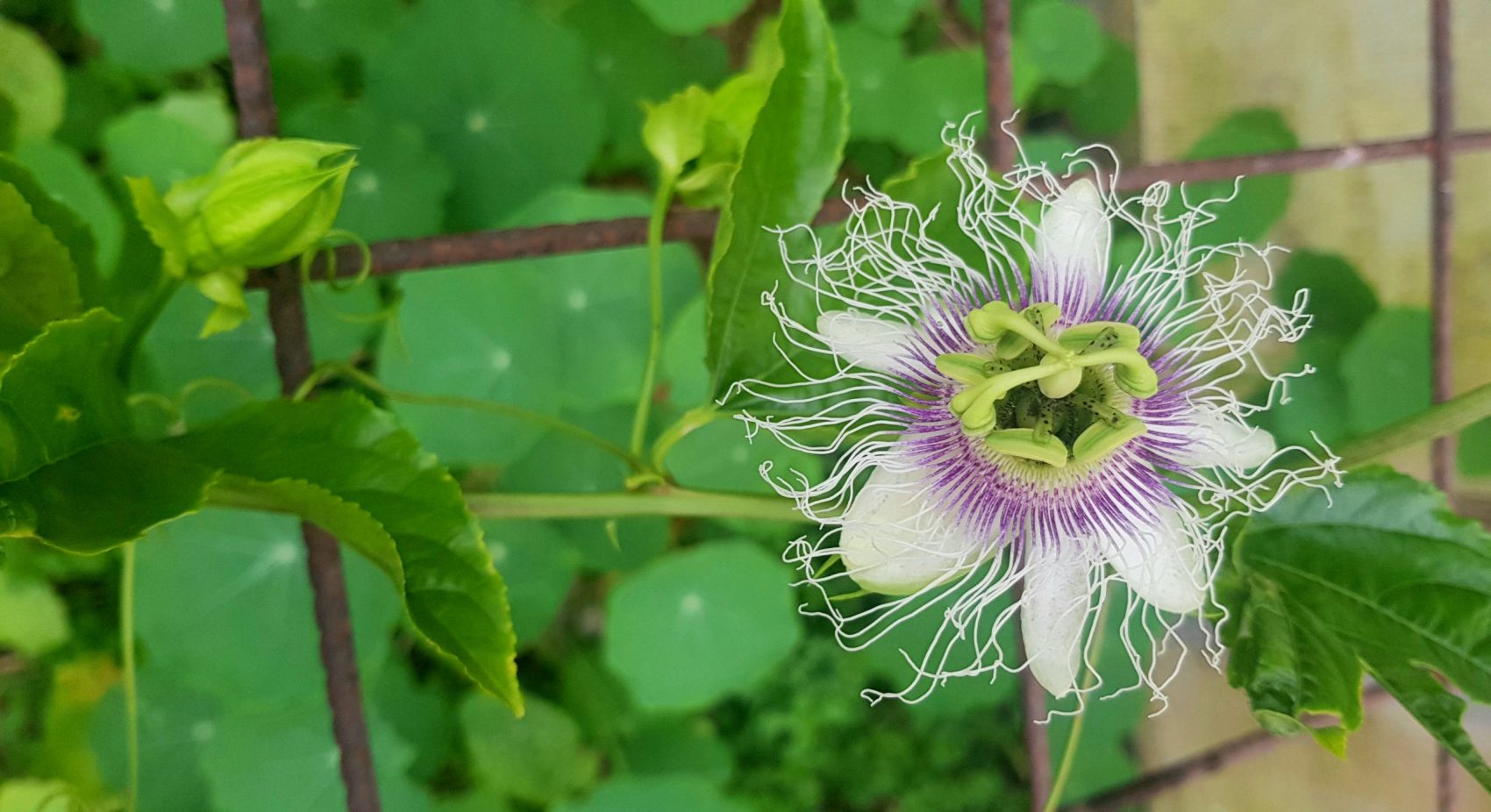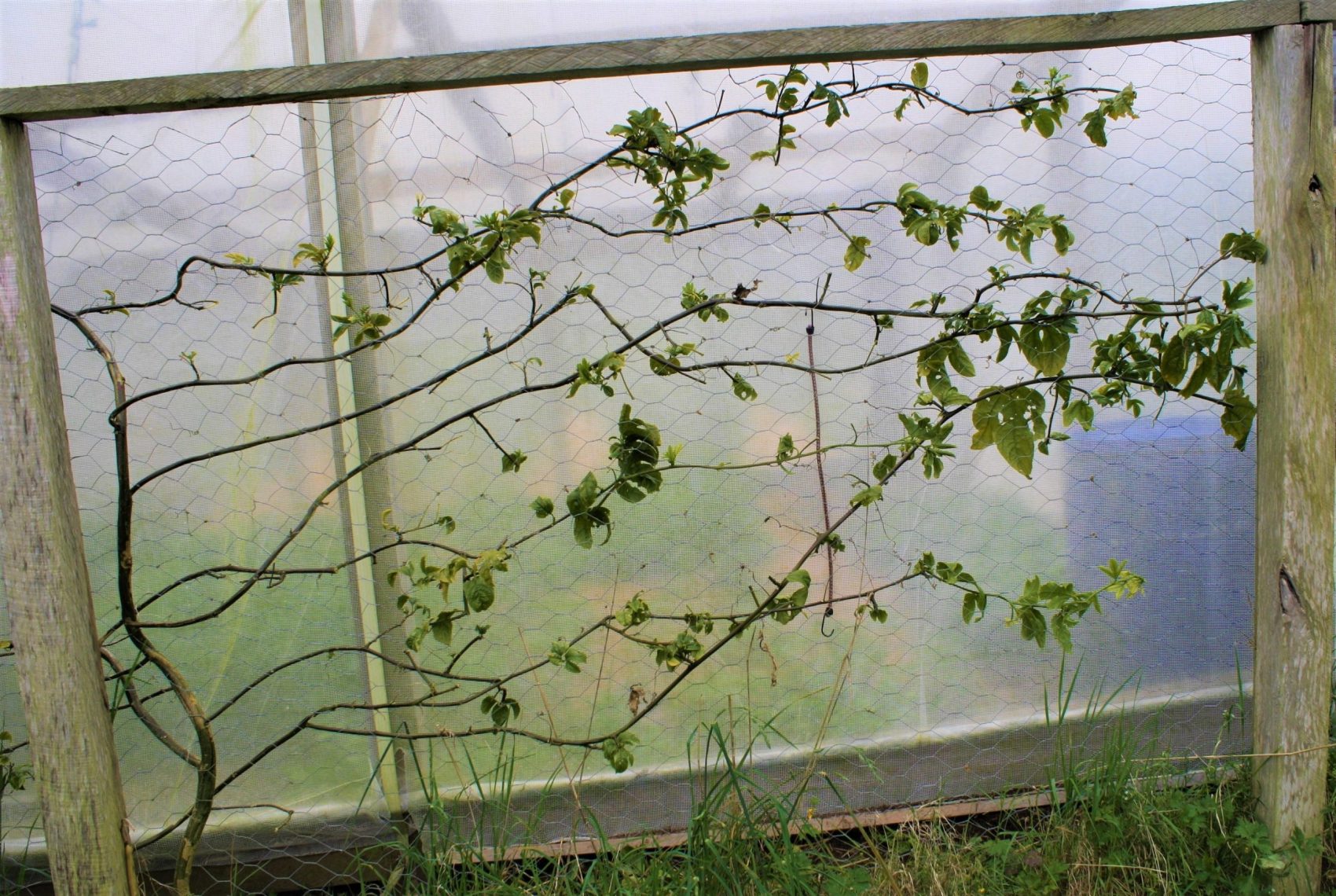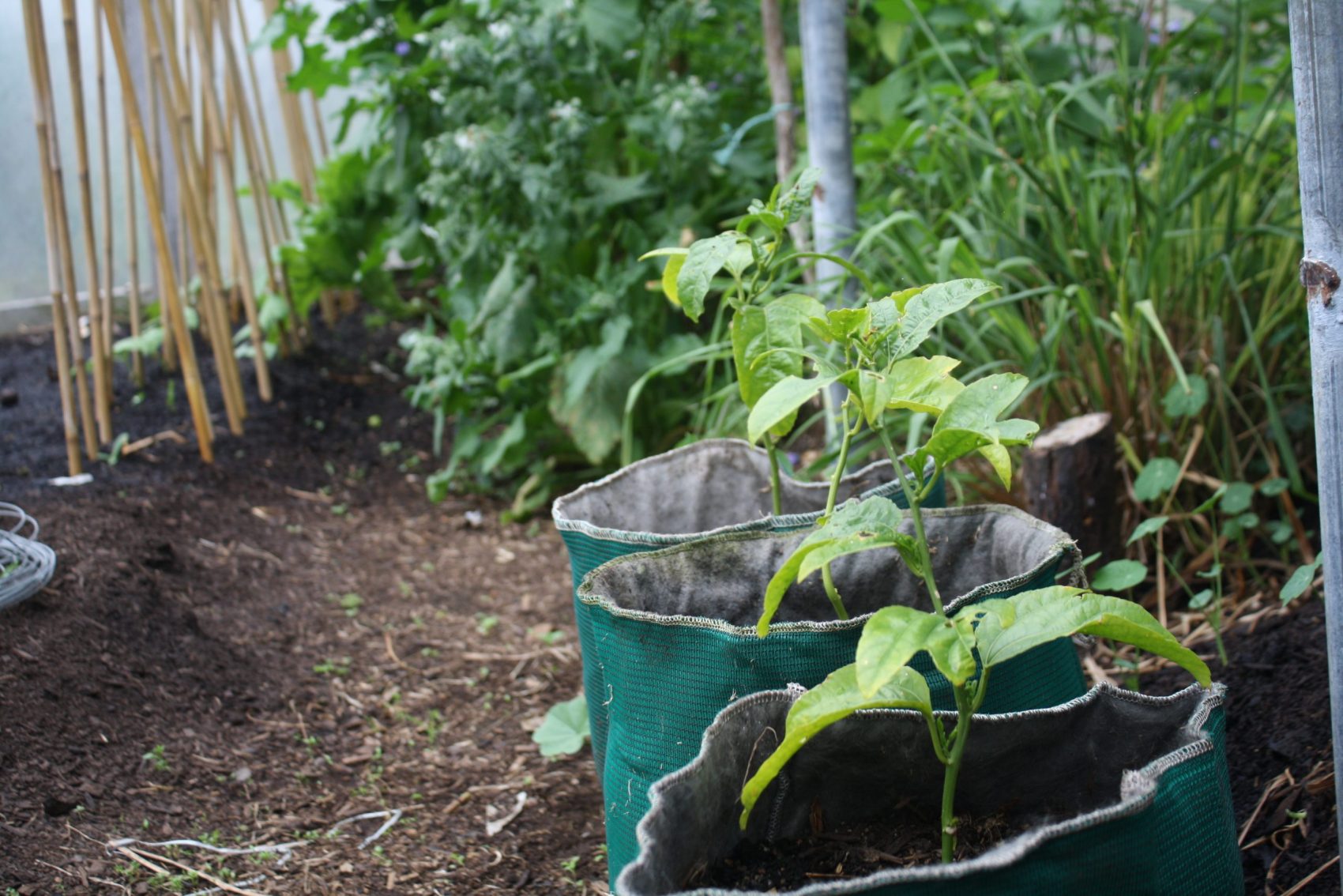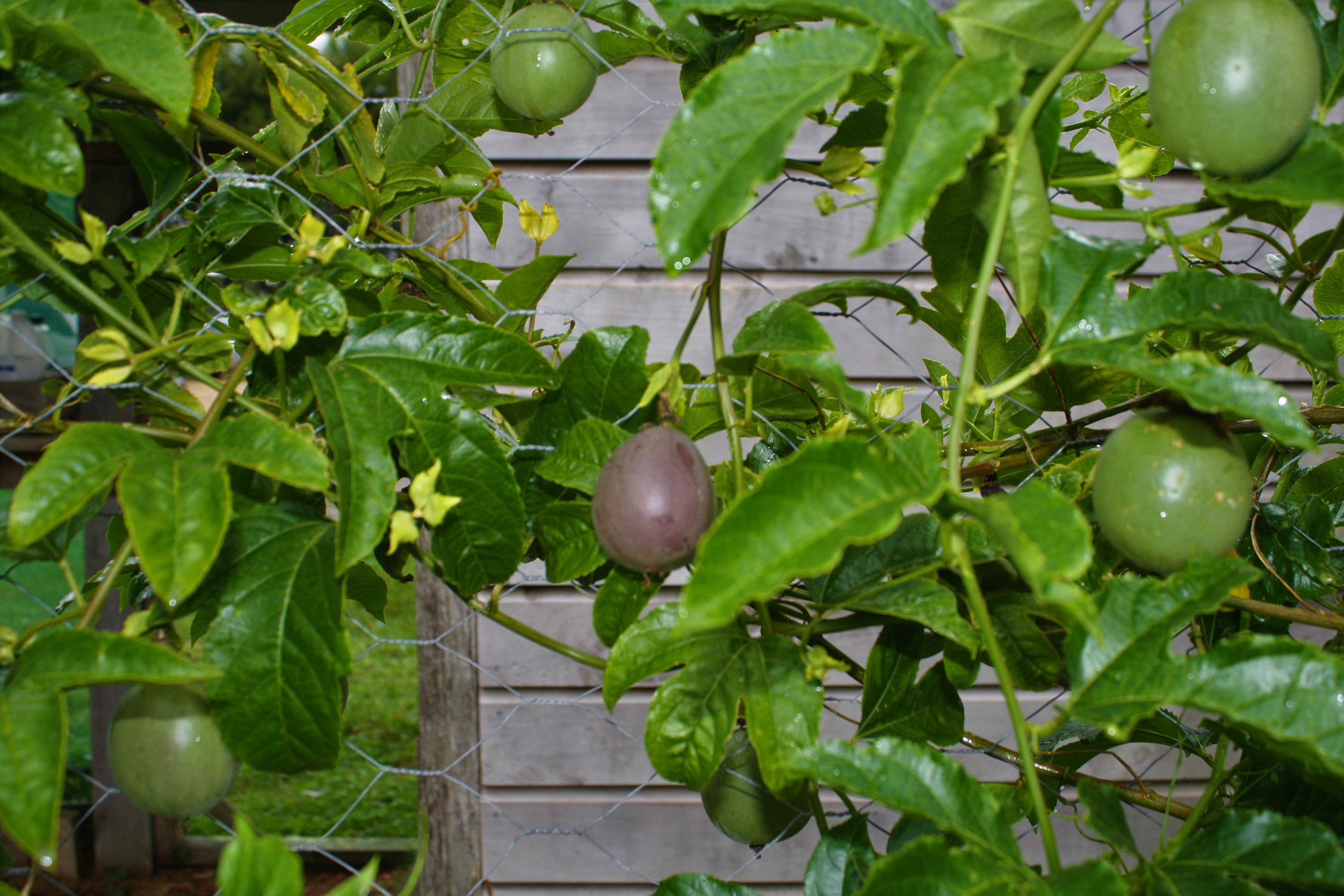How to Prune Passionfruit


Passionfruits, fruit on new seasons growth. Just like grapes.
In both cases, an annual prune makes good sense. It cleans out the old, unproductive wood, keeping our fruiting plants open for light and airflow which is a two step that prevents sucking insects building large populations.
Pruning stimulates shooting - and with the old, unproductive wood out of the way, fresh shoots come close to the leaders + side arms for a lovely compact, productive shape.
If you prune these guys annually, you only need do a small prune - so much better for you and the vine. Passionfruits dont take kindly to hard pruning - especially in cooler climates and/ or heavier soils.
Time it right + Feed
Prune passionfruits in spring. Yes they are starting to flower, but this timing is very important. As weather warms, passionfruits gear up to grow and after a prune, they shoot away. The warmer it is at your place, the earlier in spring you can prune. The warmer it is, the harder back you can prune as well because in the heat, passionfruits have a heap more vigour. Tread carefully in colder places.
After pruning give the vine a feed as you would for citrus. Mulch is important to keep the shallow root run cool.
Renovate a messy, old vine

I'm beginning with this worst case scenario because it is the most common one! If your vine is a knotty, heavy mess, its easier - I reckon, to get the hedge clippers out and shear it back that way. I cannot tell you from here, how far to take it back. Just take a layer off all over, then stand back and decide whether or not you need to do more. If the vines aren't too much of a mess - this may well be all you need do.
Less is certainly more, as a hard prune requires alot of work for the plant to come back from and can indeed kill a passionfruit vine. I would only do this tough love when the vine is vigorous and happy.
Now that you have cleared the bulk off and can see what you are dealing with, you may want to take it further.
Keep your focus on creating good space rather than worrying too much about leaders or side shoots.
- Remove any competing leaders so as to ensure there is only one. If this is tricky to work out, go at it in reverse and choose the leader first, then remove the others.
- Then thin out excess side shoots so as to give each one its own space.
- Finish by heading back the leader and side shoots to fit the frame or fence.
If there is a really strong, fresh leader coming off somewhere near the bottom of the vine - I've had good luck using this to start the vine over (grapes can be done in this same way). Chop the tangled tops completely off, breathe a sigh of relief and go again.

If you have given your passionfruit a hard prune, it may be a good idea, to plant a new vine, as insurance. Which is a great idea at some point, because passionfruits aren't generally long lived. 5 years perhaps - though how long is a piece of string!
New ones can be planted at the base of old ones to scramble up the existing framework. As long as the last one grew strongly for you, there's no reason the new one wont also.
If the last one didn't grow well, however, find a new spot. Free draining, frost + wind free, and as hot as you can achieve! My best one is in our greenhouse - the challenge here is encouraging bees in for pollination. Hand pollination is always an option, and easily done - a nice moment with those gorgeous flowers and a paint brush (you tube will see you right here).
In heavy soils grow them in evergrow bags or raised beds to greatly improve their chances.
Train a new vine
There are loads of ways to shape a passionfruit - from letting it ramble wildly in tree tops, to being very structured on a trellis, to training them along the top of wire and letting the laterals hang down like a fruiting curtain. Adapt this method to your structure.
- Choose the strongest shoot to be the leader and let it travel to the top of your frame. Once it reaches the top, nip out the growing tip - this will stimulate the side shoots. Remove any competing leaders.
- The following spring, choose the side shoots that best fit your frame and prune off the others. Ideally with about a 30cm space between each. If you cannot bear to, just let them go and before long you'll see what I'm getting at! Just remove them later, is totally fine.
- Let these side shoots, stretch out until they reach the edges of the frame. Thereafter, pinch them back at this end point.
It really is best to keep the passionfruit on the frame, so its well supported. To this end be sure of as big a frame as you can - 2m x 3m is useful. I love reinforcing mesh. An overhead wire is also fun - send one side shoot out along each side and let the fruiting laterals hang down for a fruiting curtain.
The leader and side shoots form your main framework which is what you prune back to each year. From the side shoots, spring the lateral shoots that bear the fruits - similar to a grape.
As side shoots loose vigour, completely remove them and a new shoot will arise to fill the space.
A maintenance prune on an established vine
Check the framework of the vine to see whether you need to thin out any side shoots or remove extra leaders.
Trim lateral shoots back to about 30cm. I give you this measure as a spring board - a sliding scale in reality from 10cm to 40cm. Be guided by your frame and how it feels rather than a number. You are going to remove flowers, but more will come! The main thing is to go lightly in cooler climates.
Thin out (ie completely remove) weak, withered or dead shoots
Maintain through the season

I prefer to let my fruiting shoots attach themselves to the frame or hang curtain like, rather than bothering to tie them on. If you do tie them in, use soft stocking tie, loosely
Throughout the growing season, nip out new side shoots that appear along the leader, lightly trim back lateral shoots that get in the way - taking care not to remove too many fruit, and pinch back ends as they reach the outer limits of the frame. This makes for a lot less pruning next spring. A huge advantage to both the vine and your good self.
